The ancient Quang Tri citadel (now called Quang Tri Ancient Citadel) is a famous place associated with many glorious victories of the Vietnamese people in the great war to defend the country. This was also the citadel that governed the affairs of Quang Tri province during the Nguyen Dynasty's reign. The process of formation, construction and repair of the Quang Tri citadel was recorded in the official history of the Nguyen Dynasty from many perspectives.
Quang Tri Ancient Citadel today - Photo: LE TRUONG
During the Nguyen Dynasty, during the reign of King Gia Long - the first king of the dynasty to rule the country, the Quang Tri citadel was built in Tien Kien ward (now Trieu Thanh commune, Trieu Phong district, Quang Tri province). In 1809, King Gia Long moved the citadel to Thach Han commune (now Quang Tri town). After nearly 30 years of construction and repair, the Quang Tri citadel was basically solidly built in 1837.
The capital was the place where the general affairs of Quang Tri province were conducted during the Nguyen Dynasty. However, the Quang Tri capital, which was initially established under King Gia Long, did not have all the necessary elements for convenient operation. King Gia Long showed his foresight when he moved the Quang Tri capital to a more favorable location.
This event was recorded in the book “Dai Nam Thuc Luc Chinh Bien - De Nhat Ky”, volume 37, page 9, as follows: “Ky Ty, Gia Long year 8 (1809). In February, moved the Quang Tri citadel to Thach Han commune, opened up a lot of public fields, ordered to take public fields from the neighboring hamlet, Cau Kinh commune, to grant. The old citadel was in Tien Kien ward, Dang Xuong district. Thach Han, Cau Kinh are both names of communes, belonging to Hai Lang district”.
From here, Quang Tri citadel was located in its current position (Quang Tri Ancient Citadel), but it was only built roughly and not solidly. After succeeding his father to the throne, becoming the second king of the Nguyen Dynasty, King Minh Mang paid great attention to Quang Tri citadel. King Minh Mang issued many edicts directing matters related to the construction and operation of Quang Tri citadel.
The book “Dai Nam Thuc Luc Chinh Bien - De Nhi Ky”, volume 86, page 21, records: Nham Thin, Minh Mang 13th year (1832), winter, November. The King thought that the provincial capital of Quang Tri, the terrain was wide and flat, he wanted to find a central and dangerous place to move the province, to strengthen the defense at the border, so he ordered the provincial officials to choose a good land to report. Acting Governor Nguyen Tu reported: “Looking all over the province, there is no good land, but the old provincial capital, high land, fresh water, seems the most convenient”.
The king said: “I have looked at your map, there is no place with convenient mountain and river terrain, moreover, the province is near the capital, the key is to have talented people, that is enough to overcome invisible dangers. So, there is no harm in revising the old map. You should follow the method of the map given by the ministry, measure, present, estimate the labor and materials, then report.”
Under the direction of King Minh Mang, the repair of Quang Tri citadel was urgently carried out. Only 2 months later, the repair of the citadel was completed. During this repair, the citadel was expanded. The second king of the Nguyen Dynasty showed his acumen in correctly assessing the important role of the citadel, thereby serving the purpose of better governing the country.
Thus, from 1809 to the 1833 repair, Quang Tri palace was expanded. However, this construction was still only built of earth, not solid. This made the Nguyen Dynasty in general and King Minh Mang in particular always worried because a locality with an important position located right next to the Capital (Thua Thien Palace - Hue City today) without a solid palace was a shortcoming. Therefore, the Nguyen Dynasty ordered the construction of a solid Quang Tri palace with bricks and stones.
The book “Dai Nam Thuc Luc Chinh Bien - De Nhi Ky ”, volume 179, page 6 records: “Dinh Dau, Minh Mang year 18 (1837), spring, month 3, built Quang Tri citadel. Approved to hire 4,000 soldiers and civilians to work, provided with money and rice (2 quan for soldiers each month, 4 quan for civilians, 1 square of rice). Ordered the Commander-in-Chief of the Vanguard Palace, Tran Van Tri, to supervise the work, the Ministry of Public Works and the Department of Science and Technology each had one person, to supervise the work, after 2 months the work was finished, from the director to the soldiers and civilians, everyone was given a banquet of the same kind, and watched a play for 3 days. Dispatched the officials of the two ministries of Rites and Public Works, and the Ministry of Ly Thien to supervise the reception, and also rewarded records and money in order”.
After nearly 30 years of relocation, the appearance of Quang Tri citadel has completely changed, from a temporary construction made of earth to being expanded and solidly built with bricks and stones. That has created one of the typical constructions during the Nguyen Dynasty's reign over the country. Regarding the scale, the structure of the citadel (citadel) is not specifically recorded in the official history of the Nguyen Dynasty.
The Quang Tri citadel built with earth under the Gia Long dynasty had a much smaller area than the citadel that was repaired and rebuilt under the Minh Mang dynasty. The structural appearance of the Quang Tri citadel was basically established after the second construction in 1833 with the expansion of the size of the structure. Also in 1833, approving the request of the Quang Tri Governor, King Minh Mang ordered the excavation of a 48-meter-long trench connecting the northeast corner of the citadel to the Thach Han River to drain water from the citadel moat system into the Thach Han River.
Thus, Quang Tri citadel was built with earth for 28 years (1809 - 1837), and solidly built with bricks for 135 years (from 1837 until it was destroyed in 1972). After that, it was devastated by the war against the US, abandoned and had to be restored and rebuilt to have the appearance it has today.
Khac Nien
Source: https://baoquangtri.vn/qua-trinh-hinh-thanh-va-xay-dung-dinh-ly-quang-tri-qua-chinh-su-trieu-nguyen-191980.htm


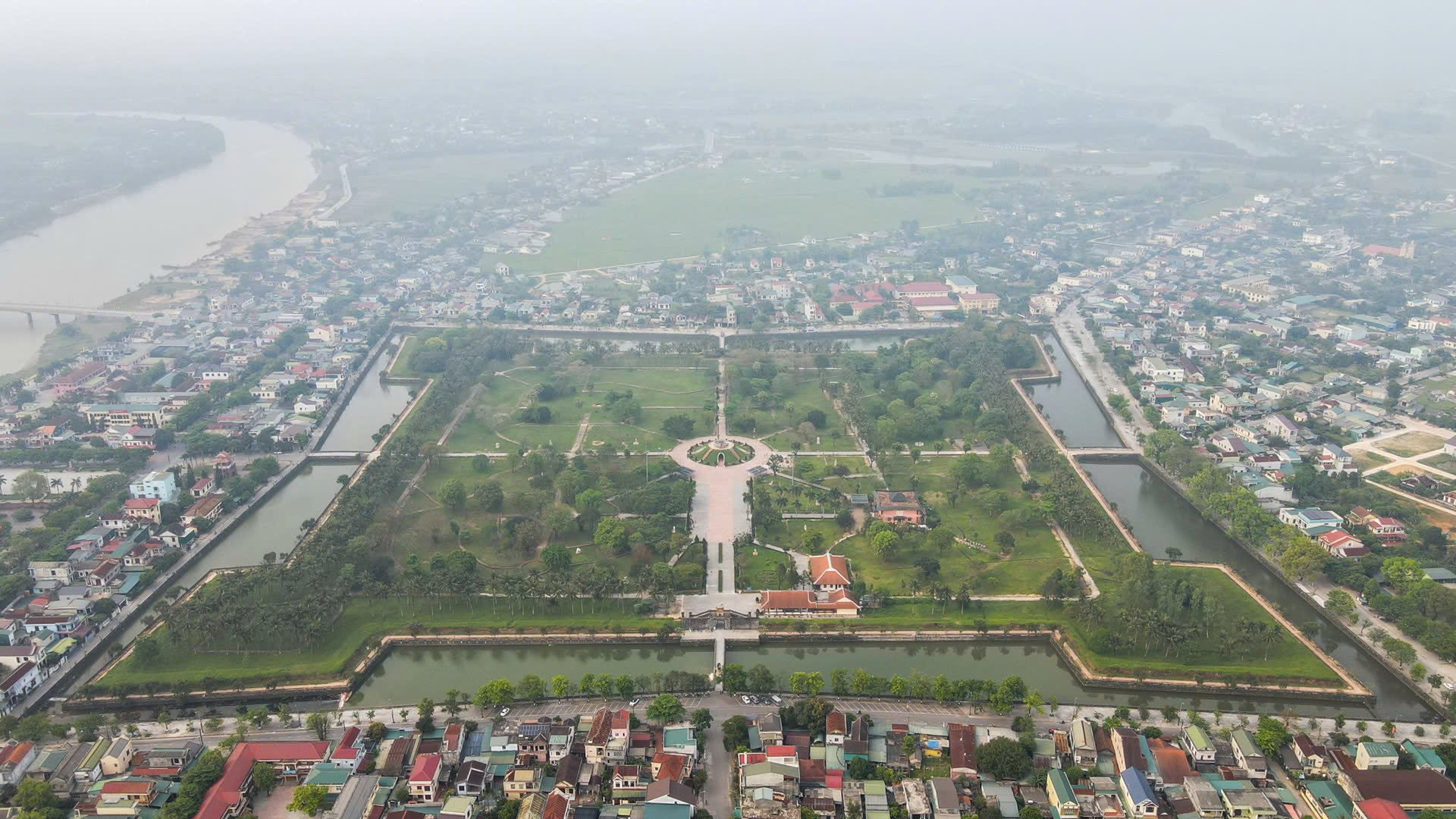
![[Photo] Hanoi morning of October 1: Prolonged flooding, people wade to work](https://vphoto.vietnam.vn/thumb/1200x675/vietnam/resource/IMAGE/2025/10/1/189be28938e3493fa26b2938efa2059e)

![[Photo] President of the Cuban National Assembly visits President Ho Chi Minh's Mausoleum](https://vphoto.vietnam.vn/thumb/1200x675/vietnam/resource/IMAGE/2025/10/1/39f1142310fc4dae9e3de4fcc9ac2ed0)

![[Photo] Keep your warehouse safe in all situations](https://vphoto.vietnam.vn/thumb/1200x675/vietnam/resource/IMAGE/2025/10/1/3eb4eceafe68497989865e7faa4e4d0e)

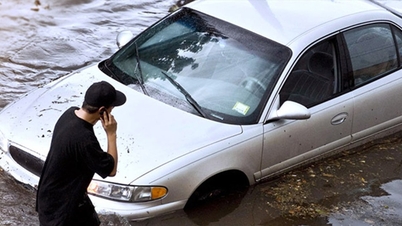



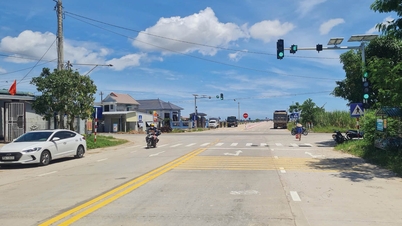

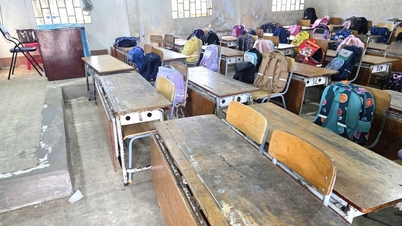

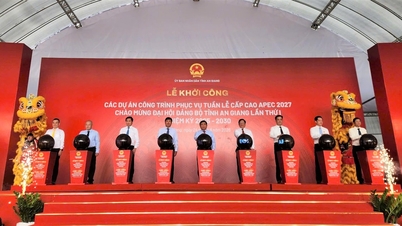





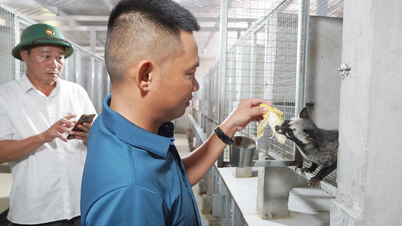

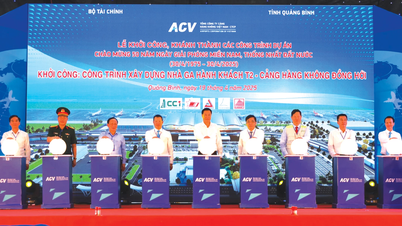












































































Comment (0)